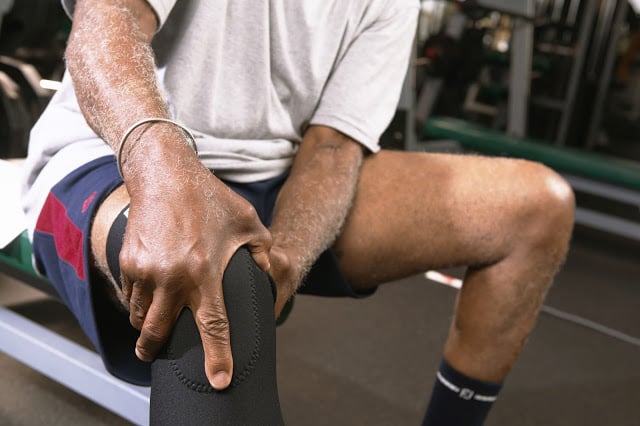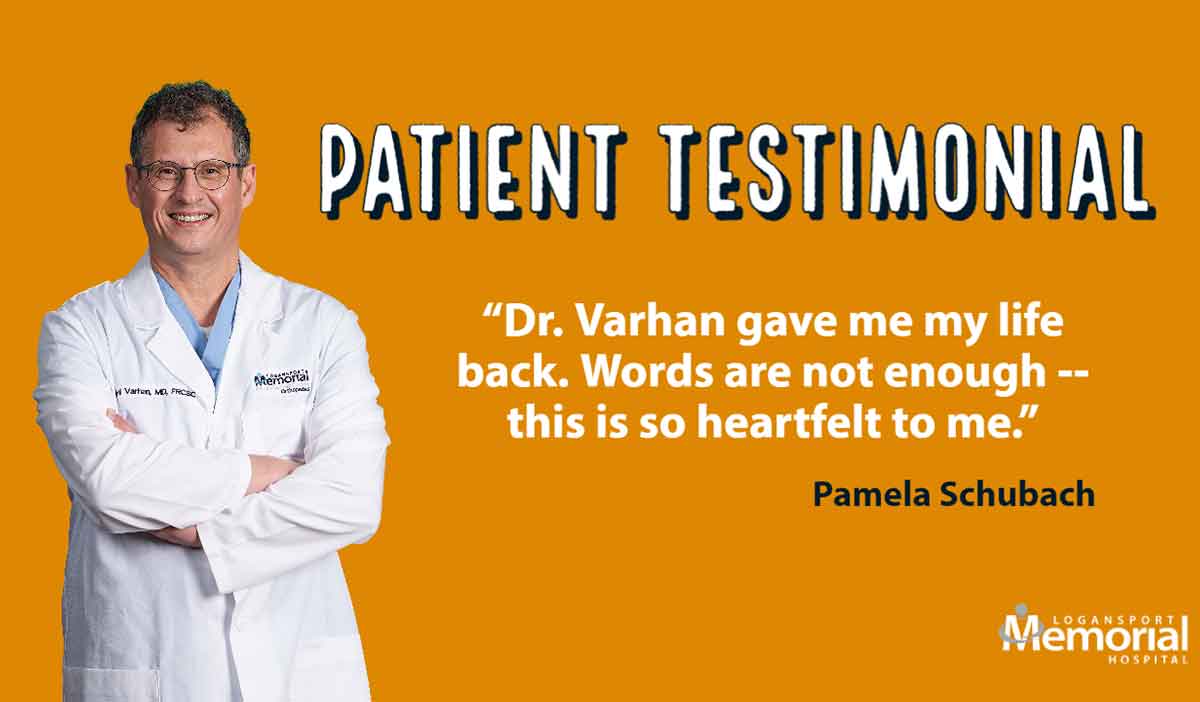It's no secret that men and women are different in many ways. Here's another item to add to the list: orthopedic issues. Everyone is susceptible to bone or joint problems during their lifetime, but some injuries are more common in men than in women. Musculoskeletal disorders also show themselves differently in males versus females. Recognition of these differences can lead to better care for patients and a stronger recovery.

Men and women are built differently - literally. Our structural anatomies are different and those differences affect ligaments and bones alike. According to the American Academy of Orthopedic Surgeons and the Orthopedic Clinic Association:
- Finger fractures are 58% more common in males
- About 30% of hip fractures occur in men, who are twice as likely as women to die in the year after the fracture
- ACL (anterior cruciate ligament) injuries are up to 8 times more common in females
- Ankle sprains are twice as common in females
In general, men suffer more soft-tissue trauma - tears in muscles and tendons - than women. And since women are more susceptible to osteoporosis, they tend to suffer more bone injuries.
Most common orthopedic issues for men
- Hand and finger fractures
- Soft tissue injuries - tears to the Achilles tendon, biceps, quads, and pectoral tendons
Most common orthopedic issues for women
- Bone injuries
- Knee and ankle injuries such as ACL tears
- Knee osteoarthritis
- Osteoporosis
Recommendations for good bone health
It's never too late to take steps for stronger bones. Follow these two key tips for better bone health:
- Get regular exercise to reduce your risk of orthopedic injuries. Weight-bearing exercises such as weight training, walking, hiking, jogging, climbing stairs, tennis, and dancing are great for building bones and keeping them strong. Muscle strengthening exercises are also important to reduce your risk of falling - a primary cause of orthopedic injuries. An exercise plan that includes weight-bearing exercises along with yoga or Pilates is a great way to stay healthy. Talk to your doctor before beginning any exercise program to decide what is best for you.
- Eat a well-balanced diet with plenty of dairy, fish, fruits, and vegetables. Foods that are rich in calcium, vitamin D, and other nutrients are particularly important. See food list below:
- Fatty fish - like tuna, mackerel, and salmon
- Foods fortified with vitamin D - like some dairy products, orange juice, soy milk, and cereals
- Beef liver
- Cheese
- Egg yolks
Your doctor can run blood tests to see if you are low on recommended nutrients and may recommend complementing your diet with multivitamins or supplements.
Learn more about our Orthopedic Care here at Logansport Memorial Hospital.



